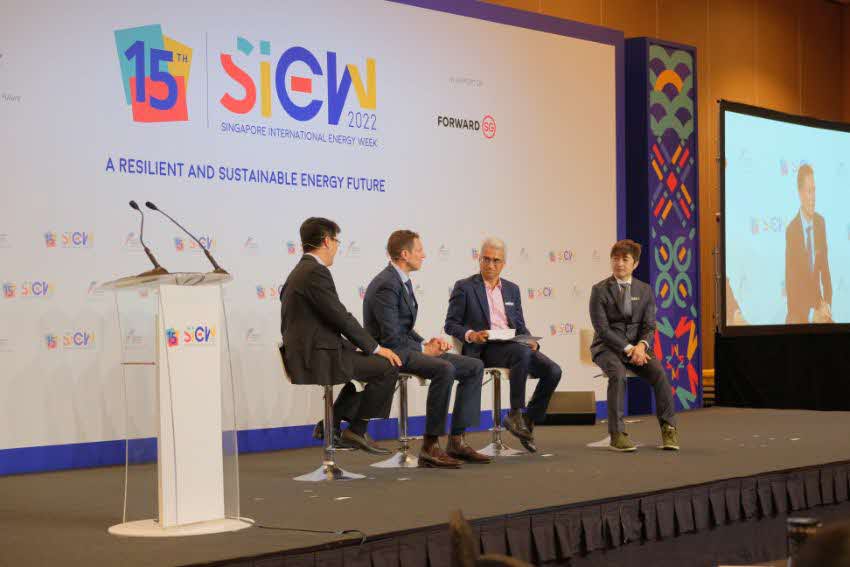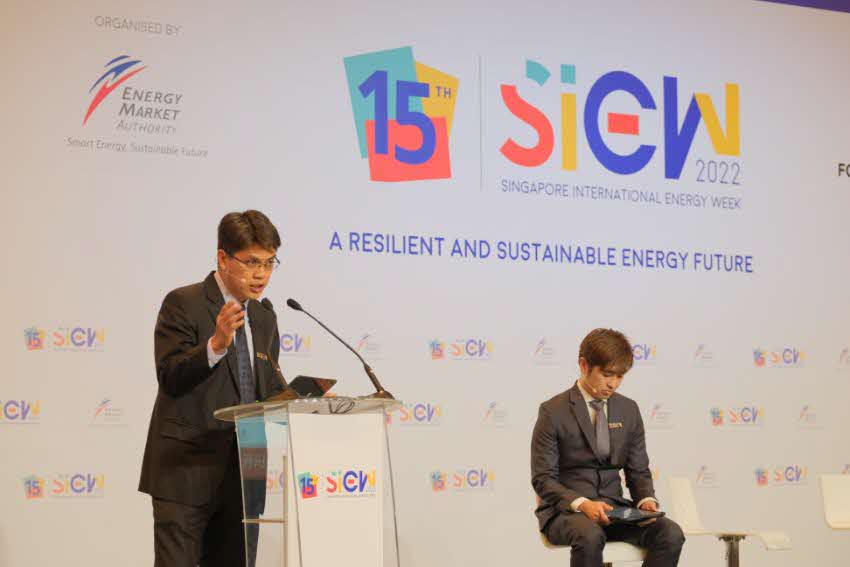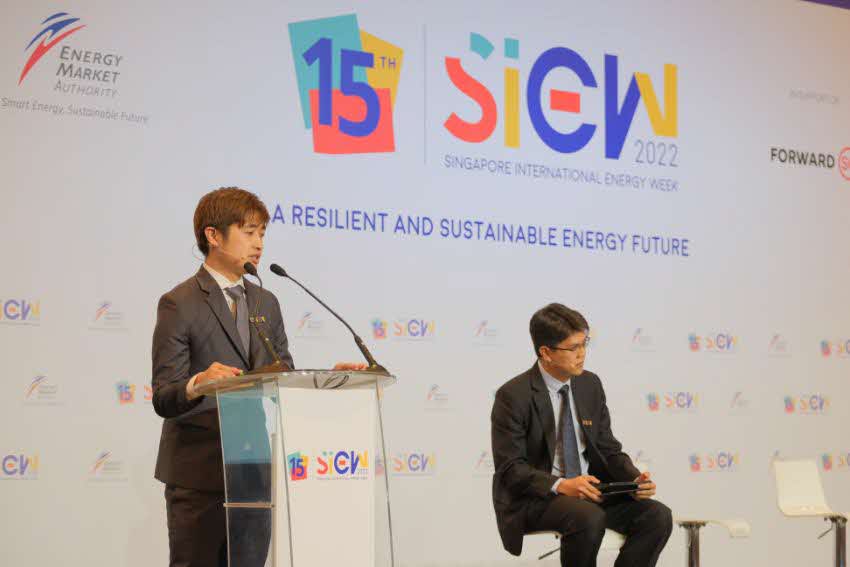The integration of low carbon technologies into smart grids can significantly improve Singapore’s energy resilience. Equally vital are readily deployable energy storage solutions that can help balance renewable intermittency and energy demand management. Jason Chua reports.

Ensuring a clean and sustainable energy supply is a challenging conundrum with different pathways involving many highly complex and inter-related issues. This would require a deep understanding of the energy system and higher levels of collaboration among the players in the energy sector towards decarbonising the energy grid.
This topic headlined the SIEW Energy Insights session co-presented by the Agency for Science, Technology and Research (A*STAR) and the Singapore Battery Consortium (SBC).
Industry experts discussed how the introduction of emerging clean energy technologies and integrated system modelling of the grid can improve Singapore’s resilience towards its energy needs. This can also help provide sustainable alternatives away from fossil fuel-dependent energy production methods.
However, to ensure grid readiness to meet rising energy demand, the integration of nascent low carbon technologies will need industry participation to provide readily deployable energy storage solutions. These will be vital to balancing the challenges of renewable intermittency and energy demand management.
Modelling and simulation of future energy systems

Dr Muhamad Azfar Ramli, Deputy Director, Systems Science Department, Institute of Higher Performance Computing, A*STAR, shared his views on the importance of a simulation tool to allow users to build models. This would also help to optimise and analyse the grid network and introduction of new energy resources.
He added that his team is currently focused on modelling and simulating real-time control and optimisation algorithms for Distributed Energy Resources (DERs) such as solar, Energy Storage Systems (ESS) and electric vehicles (EV). The ability to control these DERs optimally will help to achieve key goals such as reduction of overall energy demand and maximisation of solar integration into the grid.
Coupling ESS with EVs to manage demand

In view of land constraints for large-scale centralised ESS and the increasing electricity demand for EVs, Mr Raymond Tan, CEO, RAITAN Pte Ltd, shared that integrating ESS with EV chargers at carparks is a solution for Singapore’s urbanised and dense environment. This could help to simultaneously address multiple challenges, such as mitigating solar intermittency while increasing the number of EV chargers and encouraging higher EV adoption.
Calling for more R&D collaboration
To conclude, Dr Ramli and Mr Raymond called for greater collaboration among members from academia and the public-private sectors to work together and address the challenges in the net zero transition.
Mr Raymond added that one area of research interest would be to develop newer battery chemistries which have longer lifecycles and higher energy density, with lower costs for ESS to reach grid parity.
Growing Singapore's battery recycling and manufacturing ecosystem
On the sidelines of SIEW 2022, two companies signed a Memorandum of Understanding on Circular Economy-focused Battery Recycling. Singapore-based recycling and IT asset disposal company TES and 3DOM (Singapore), the Singapore office of Japan-based battery producer 3DOM Alliance Inc., will work together to develop and grow Singapore’s battery recycling and manufacturing ecosystem.
Follow us on Twitter (@SIEW_sg) to get the latest #SIEW2022 updates throughout the day!